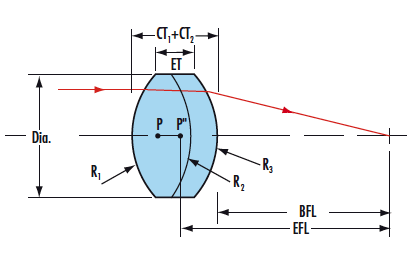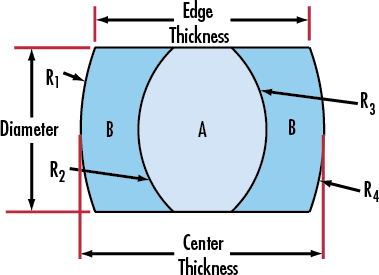

Â
           Doublet Achromatic Lens                                  Triplet Achromatic Lens
 Specification of our achromatic lens as follow:
*Material:BK7,ZF2,ZF7(or according to your request)
*Dia.:+0/-0.05
*Center thickness tolerance:+/-0.1
*Surface quality: 60-40 Scrath/Dig
*Surface figure:0.5-0.2
*Centration < 3arc min
*Chamfer:0.1-0.25*45 degrees
*Design wavelength:486.1mm,587.6mm,656.3mm and upon request.
        Â
Achromatic Doublet Lens,Negative Optical Achromats Lens,Optical Achromatic Lens,Big Dimension Achromatic Lens
China Star Optics Technology Co.,Ltd. , https://www.csoptlens.com